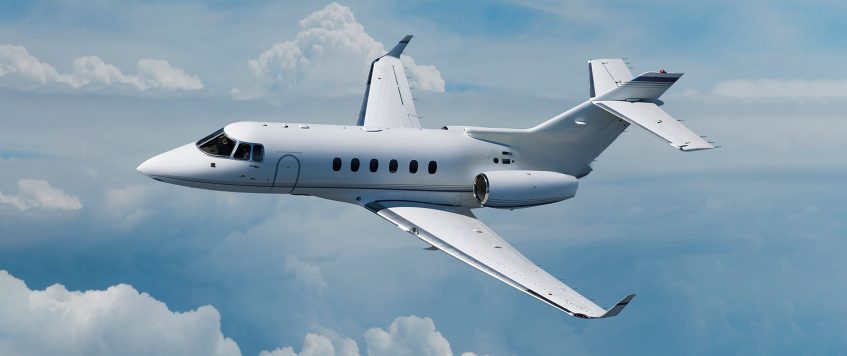-
15
Nov
Why Are Aircraft White?
Aircraft come off the manufacturer’s assembly line painted in green usually, this is the undercoat of zinc phosphate primer. That’s why you mostly see green aircraft during the stages of their flight test program.
And while there’s no technical reason why they can’t stay with that green coat, usually they are finished with another paint layer before being delivered to customers.
You can’t fail to notice that most private jet aircraft are painted white. Matterhorn White is the specific white paint color used for most private jet charter aircraft these days according to a Moneyish article.
Of course, you might argue the differ pointing out the colored stripes or patterns painted here or there. But overall white is the base color that takes 75% or more of the overall aircraft painting.
While it’s perfectly possible to paint an aircraft green, pink, or even gold all over (Donald Trump’s Jet), the white base color is very much the most fashionable color for aircraft operators as it is for most airliners.Here are some of the reasons why aircraft are painted white.
1) White aircraft paint is economical
An aircraft paint job can cost between $100,000 and $350,000 that’s a big consideration when owning and operating an aircraft, white ages better than most other colors when exposed to sunlight and it doesn’t fade like deeper colors. So a white aircraft may need to be repainted every four years, rather than every two.
White paint is also more widely available due to its popularity, thus making it an economical choice and less expensive than other colors.
It also increases the resale and charter value of the aircraft, the new owner can easily repaint the small colored sections to his needs rather than having to invest in a complete new paint job. The same applies to rental or charter, neutral discreet aircraft have more demand than a distinctive colored one.2) A blank canvas
There’s no better base color to show off a brand mark or a logo than white. It is a blank canvas for owners or airline marketing efforts.
3) White shows cracks & leaks
It is the perfect choice for safety deterioration such as cracking or oil leaks are easier to spot on a white surface. That’s a big advantage to maintenance and safety.
White is also harder to keep clean and dirt adds drag. So by keeping the aircraft clean it also becomes more fuel-efficient.4) White doesn’t fade
White paint ages better than most other colors. Being exposed to sunlight at high altitudes can take its toll on deeper colors, but white doesn’t fade.
So a white aircraft may need to be repainted every four years, rather than every two. And when you’re paying between $100,000 and $350,000 for a repaint, that’s a big consideration.5) White has a thermal advantage
White is a very good reflector of sunlight, and it reflects almost all the light that falls on it, unlike other colors, which absorb some of the rays.
And this characteristic gives white its thermal advantage and the cabin stays cooler. Which in return can be a particular advantage on the runway in hot climates. And while it’s not widely the case, some airframes require the use of white paint on upper surfaces, to maintain their airframe temperature limits.6) It lasts longer and doesn’t fade
White paint ages better than most other colors. Being exposed to sunlight at high altitudes can take its toll on deeper colors, but white doesn’t fade. Which eventually costs less in maintenance as we discussed above.
7) It is visible in the sky
A white aircraft is more easily spotted at night and in the sky. That’s why military planes – which conversely don’t want to be spotted in the sky – are rarely white and usually come in camouflage colors of grey, green or blue.
8) It has a traditional appeal
Research has shown that most passengers feel more comfortable and secure flying in a traditional white aircraft. People have deep (and often subconscious) feelings about colors.
